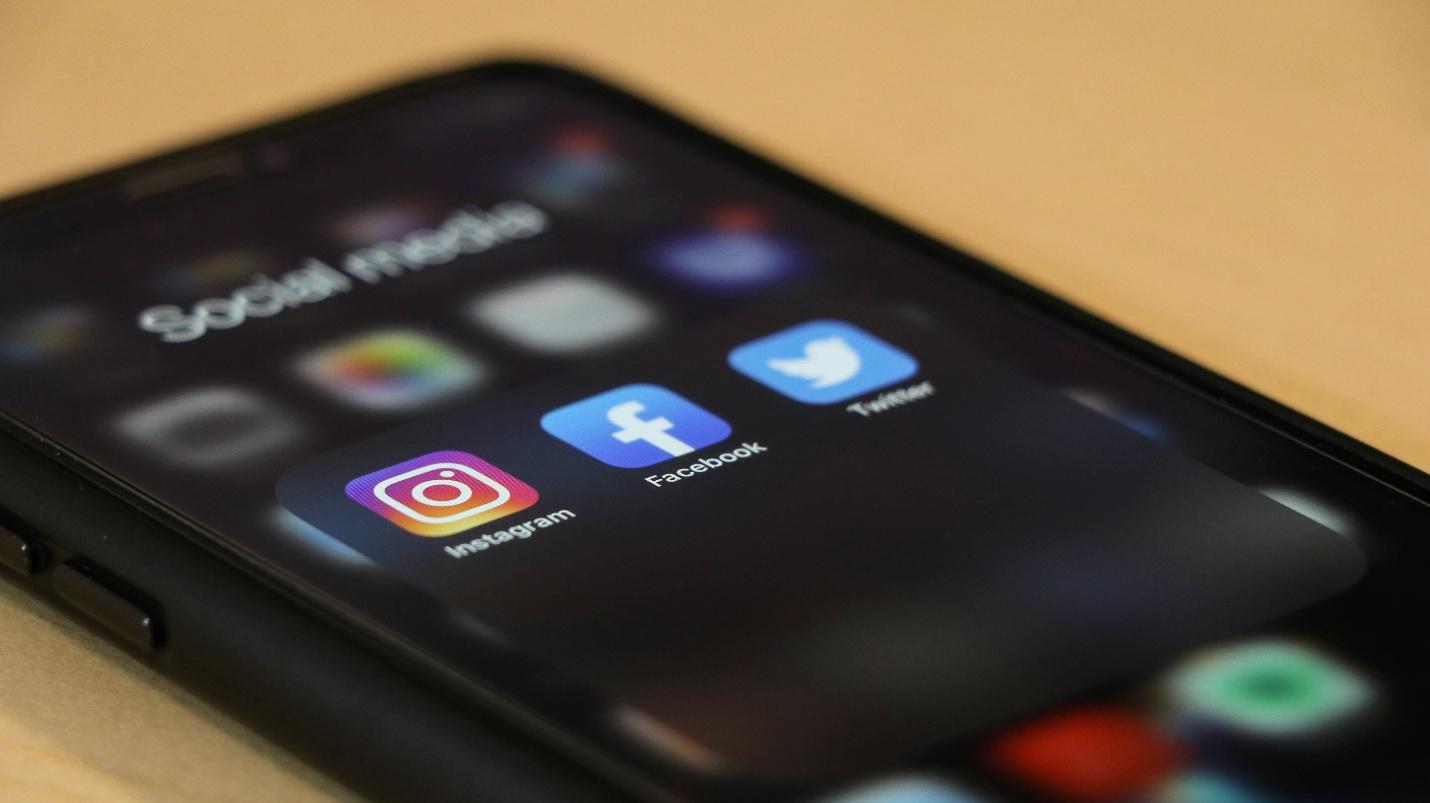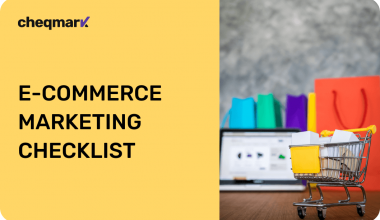Whatever kind of outreach you need to perform, it may feel overwhelming. The process is tedious and you never know if your efforts will yield results. The reasons for such a situation are multiple, but the good news is you can fix it for your business. It is possible to build a sales outreach strategy that feels manageable and effective.
Why Most Outreach Fails (And What You Can Do Differently)
Before we can build a stronger process, we need to understand why so many outreach attempts fall flat. It’s not just about getting ignored, it’s about being irrelevant, too generic, or poorly timed. A successful sales outreach plan addresses these pitfalls head-on, with intention behind every message.

Source: unsplash.com
- Poor targeting and spray-and-pray tactics
When outreach is based on quantity over quality, it rarely leads to meaningful conversations. Sending the same message to 500 leads might seem efficient, but if 90% of them don’t even fit your offer, you’ve just wasted time and harmed your brand. A better approach: define your ideal client profile, segment your list, and tailor outreach accordingly. Even a smaller pool of well-matched leads will deliver better long-term results. - Lack of research or personalization
Tone-deaf outreach sounds like: “Hey [FirstName], I loved your recent work on [CompanyName]…”—but the sender clearly hasn’t looked at either. Personalization isn’t just about inserting a name; it’s about relevance. A single, thoughtful sentence that shows you understand the person’s work or business can turn a cold message warm. Example: “I noticed you recently shifted to modular builds, have you explored passive design for better climate performance?” - No clear structure or follow-up flow
One-off emails rarely lead to deals. A solid sales outreach plan includes timelines, follow-up sequences, and next steps. Without them, your leads go cold fast. Structure builds trust and shows you’re serious about collaborating. - Too much reliance on templates or automation without nuance
Automation is powerful, but when overused, it kills your human touch. Messages that feel robotic don’t convert. Instead, use automation with human insights. Templates should feel like starting points, not final drafts.

Source: unsplash.com
Building a B2B Outreach Strategy That Works
B2B outreach isn’t just about cold emails; it’s about starting conversations that solve real problems. Instead of focusing on the sale from the first message, successful outreach strategies prioritize building relationships, offering value, and showing up consistently. This is especially important in B2B, where decisions are rarely impulsive and involve multiple stakeholders.
- Focus on relationship-building, not just sales
Treat outreach like professional networking, not a pitch contest. Engage with your prospects’ content, comment thoughtfully on their updates, and offer insights before asking for anything. Even a quick LinkedIn message congratulating someone on a product launch or offering a relevant resource can build rapport without feeling intrusive. Over time, this builds familiarity and trust which are key ingredients in successful B2B relationships.
Source: unsplash.com
- Align your outreach with the buyer journey
Effective outreach meets the lead where they are. Someone just becoming aware of a problem doesn’t need a hard sell; they need helpful content. A decision-maker ready to choose a provider may want a case study or testimonial. Your B2B outreach strategy should reflect these different stages and queries, delivering the right message at the right time. - Tools to manage and segment contacts
Staying organized is half the battle. Use CRMs to track outreach, segment your contacts by stage or type, and set follow-up reminders. For growing teams or freelance operations, these tools offer ways to optimize recruiting process efforts too; especially if you’re building a freelance team or hiring B2B collaborators through direct outreach.
By designing your outreach around actual relationships and informed timing, and managing it with the right tools you’ll stay productive and efficient.
Streamline Your Outreach with Social Media
Social media is more than a place to share content; it’s one of the most efficient ways to streamline your outreach when used strategically. Instead of cold emailing strangers, social platforms let you warm up connections, demonstrate expertise, and build visibility organically. This is where direct outreach becomes a natural extension of ongoing interaction, not a random intrusion. But you need to understand how everything works.
Start with the right platform. Where do your ideal clients hang out? LinkedIn is the gold standard for B2B outreach, but niche communities on Twitter/X, Slack, or even Reddit can be effective for tech, creative, or startup audiences. Follow key players, engage with their posts, and build familiarity before reaching out. When you finally send a direct message, it feels more like a continuation of the conversation than an intrusive sales pitch.

Source: unsplash.com
Posting makes you visible as well but you need to post with purpose. You don’t need to go viral. Just share content that reflects your expertise and values. Short posts about client wins, quick insights, or questions that spark dialogue. If someone engages with your post, they’ve effectively joined your ecosystem. That’s your hint to start a low-pressure conversation, not a scripted pitch. This shift in dynamic is an efficient way to streamline your outreach with social media.
Balance content and conversation. Outreach through social media works best when it’s paired with ongoing interaction. A smart strategy might involve commenting on five posts a day, sharing one post a week, and reaching out directly to two new contacts who’ve engaged with you. This creates a natural flow that doesn’t require constant cold pitching but still expands your network with the right people.
Email Outreach Best Practices That Actually Get Replies
In a sea of unread messages, your email has just seconds to prove it’s worth opening. That’s why following a few key practices can make all the difference between being ignored and getting a reply. Whether you’re pitching a service, requesting a meeting, or initiating customer outreach, the right structure and tone matter more than ever.
- Start strong with a subject line that’s clear, not clever.
Avoid vague clickbait. Instead, make the benefit or relevance obvious. For example, “Quick idea to cut your onboarding time in half” is more likely to get opened than “Exciting opportunity for your business.” - Keep it short, specific, and personalized.
No one wants to read a novel. Aim for 3–5 short paragraphs max. Use the recipient’s name, reference something relevant to them (a recent post, project, or company goal), and get to the point quickly.
- Make your ask clear and easy to answer.
Instead of saying, “Let me know what works for you,” that requires time to compose an answer, offer two specific time slots or a yes/no question like, “Would it make sense to explore this in a 15-min chat next week?” Clarity reduces hesitation. - Use a signature that builds credibility.
Include your full name, role, and a link to your portfolio or LinkedIn. If relevant, a single-line testimonial or client logo can subtly add trust without overwhelming the message. - Don’t ghost your own efforts! Follow up.
Most replies happen after a follow-up, not the first email. Schedule a polite follow-up 3–5 business days later. Make it helpful, not nagging: “Just circling back. Happy to resend details or answer any quick questions.”
When done well, email outreach becomes a relationship starter. It respects the recipient’s time while making your message stand out as thoughtful, relevant, and worth replying to.
Customer Outreach That Feels Personal at Scale
Effective customer outreach isn’t just about acquiring new clients; it’s about keeping the ones you already have engaged, informed, and feeling valued. But as your list grows, staying personal without burning out becomes a challenge. The key? Segment and listen, analyze, segment further.
Start by organizing your audience into groups based on industry, needs, or behavior. This allows you to send relevant messages that actually resonate with this particular group. A marketing consultant doesn’t want the same updates as a SaaS startup, and they shouldn’t get them.
Next, make feedback a built-in part of your outreach cycle. Quick surveys or post-project check-ins give you valuable insight and show your audience that their input shapes your offers and communication. It’s not just outreach; it’s a dialogue.
Don’t forget your current customers. Regularly send helpful updates, exclusive offers, or sneak peeks at new services. Not only does this strengthen loyalty, but it also increases the chances of referrals and more deals.
When you align your communication with what your clients genuinely care about, customer outreach stops being noise and starts being a connection.

Source: unsplash.com
Conclusion: Outreach That Works with You, Not Against You
Outreach doesn’t have to be chaotic, draining, or robotic. With the right approach, it can become a streamlined extension of your brand that builds trust, lands clients, and still leaves room for the real work you care about. Whether you’re refining a sales outreach strategy, tightening your sales outreach plan, or improving customer outreach, the key is staying intentional: who you’re speaking to, why you’re reaching out, and how you’re following up.
By ditching the “spray and pray” mindset and using personalization at scale, outreach becomes more than just a numbers game. It becomes a system that reflects your voice, your values, and your goals.
Remember that success doesn’t come from sending the most emails. It comes from building relationships, offering value, and showing up with clarity. With a solid structure in place and a few smart tools, you can stop chasing leads and start connecting with the right people on your terms.


